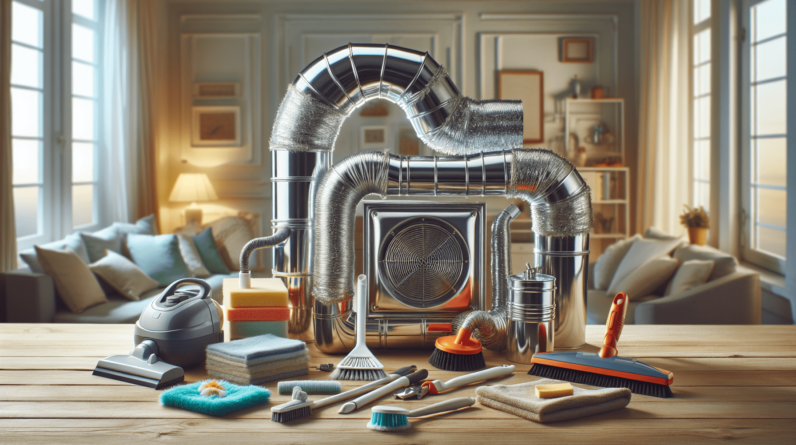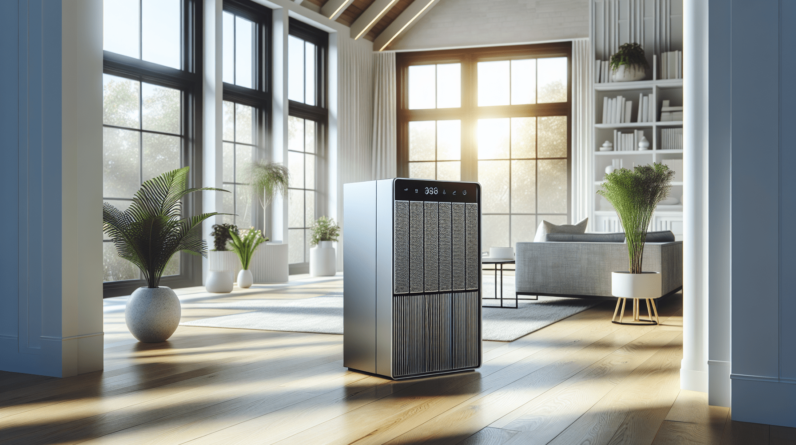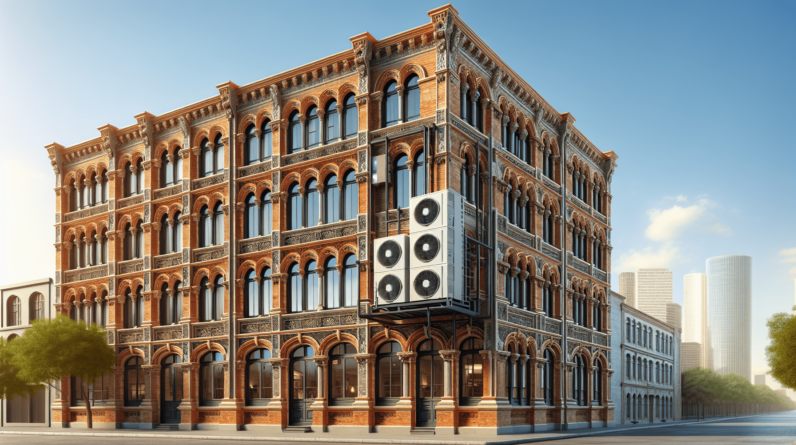
Have you ever noticed how distracting HVAC noise can be in your home or office? It can be quite bothersome, especially when you’re trying to concentrate or relax. Fortunately, there are several techniques you can implement to reduce this unwanted noise effectively.
Understanding HVAC Noise
Before taking action, it’s essential to understand what causes the noise. HVAC systems produce various sounds, including humming, clicking, rattling, and whooshing. These noises can arise from mechanical components, airflow issues, or even vibration. A clear understanding can help you determine how to address the noise, making your environment more comfortable.
Common Sources of HVAC Noise
Identifying the source of the noise is the first step to reducing it. Here are some of the most common culprits:
- Fans: Blower fans can create a significant amount of noise when they’re running, especially if they are not functioning optimally.
- Ductwork: Poorly designed or installed ductwork can lead to an increase in sound transmission.
- Refrigerant Flow: The flow of refrigerant can produce various sounds, often heard as gurgling or bubbling.
- Electrical Components: Issues in electrical components can lead to buzzing or clicking noises.
Taking the time to listen and pinpoint the source can help you choose the best noise reduction technique.
Basic HVAC Noise Reduction Techniques
Several straightforward techniques can be employed to reduce the noise generated by your HVAC system. These methods can often be implemented with minimal effort.
Regular Maintenance
One of the simplest ways to reduce HVAC noise is through regular maintenance. This can include:
- Cleaning: Dust and debris can accumulate in your system, leading to unnecessary noise. Regular cleaning of filters, fans, and ducts can significantly reduce sound.
- Tightening Loose Parts: Over time, bolts and screws may loosen. Tightening these parts can help reduce rattling and clicking noises.
- Lubricating Moving Parts: A little lubrication can go a long way in reducing friction and, as a result, noise.
Insulating Ductwork
Duct insulation is an effective method to dampen noise. Adding insulation around your ductwork can help to muffle sounds before they reach other parts of the house. Here’s how this can be beneficial:
| Benefit | Explanation |
|---|---|
| Reduces Sound Transmission | Insulation helps to absorb sound, preventing it from traveling through walls and ceilings. |
| Improves Energy Efficiency | Insulation can also keep air temperatures stable, leading to energy savings. |
Sealing Duct Leaks
Duct leaks can not only cause noise but also lead to energy loss. Sealing these leaks can help minimize both problems. Consider:
- Using Mastic Sealant: This thick paste can effectively seal larger gaps.
- Foil Tape: Great for minor leaks, foil tape provides a quick and easy solution.
Upgrading HVAC Equipment
Upgrading specific components of your HVAC system can be both a long-term investment and noise-reducing solution. Here are some suggestions:
Selecting Quieter Units
When it’s time to replace your HVAC unit, consider models that are specifically designed to minimize noise. Look for features like:
- Variable-speed motors: These can operate more quietly than traditional units.
- Acoustic insulation: Many modern units come with built-in insulation to dampen sound.
Installing Vibration Isolation Pads
Adding vibration isolation pads beneath the HVAC unit can significantly reduce noise created by vibrations. These pads absorb sound rather than allowing it to transmit through the floor or walls.
Advanced HVAC Noise Reduction Techniques
If you’ve tried the basic techniques and still struggle with noise, consider some more advanced methods.
Acoustic Panels
Acoustic panels can absorb sound energy, reducing the overall noise level in your space. Here’s how they work:
- Material: Often made of foam or fiberglass, these panels can be mounted on walls or ceilings to absorb noise.
- Application: Place them strategically around areas where sound tends to bounce, such as corners or large open spaces.
Soundproofing Walls and Ceilings
For a more comprehensive approach, consider soundproofing specific rooms, especially those where noise is most bothersome. Here’s what you can do:
- Add Mass: Increasing the mass of walls or ceilings with additional drywall can reduce sound transmission.
- Decoupling: This involves creating air gaps between the wall layers to disrupt sound waves, preventing them from passing through.
Utilizing Noise Barriers
Noise barriers can be established around your outdoor units to minimize sound disruption. Consider:
- Fencing: Installing a tall fence around the outdoor condenser unit can absorb and deflect sound.
- Landscaping: Trees and shrubs can serve as natural barriers to noise, enhancing aesthetics while reducing HVAC sounds.
Improved Ventilation Design
In some cases, the original design of your ventilation may contribute to excess noise. Working with a professional to improve your system’s design can yield significant reductions in noise levels.
Choosing the Right HVAC System for Noise Reduction
When installing a new HVAC system, careful selection can make a significant difference in noise levels. Here are some factors to keep in mind:
Size Matters
Choosing the right size unit is critical. A unit that’s too large will frequently cycle on and off, increasing noise levels. A properly sized unit runs more efficiently and quietly.
Installation Quality
The installation process is just as important as the equipment you choose. Poor installation can lead to numerous problems, including unnecessary noise. Always hire qualified professionals to carry out the installation.

Working with HVAC Professionals
If your noise issues persist, it may be time to consult HVAC professionals. They can conduct a thorough analysis and recommend tailored solutions specific to your situation.
Benefits of Professional Consultation
- Expertise: Professionals can identify problems that may not be obvious to homeowners.
- Custom Solutions: They can suggest solutions based on the unique characteristics of your home and HVAC system.
- Long-term Peace of Mind: Knowing that a knowledgeable expert has evaluated your system helps to ensure that you’ll be enjoying peace and quiet for many years to come.
What to Ask Your HVAC Professional
When you meet with a professional, here are some questions to consider:
- Can you identify specific sources of noise?
- What are the options for reducing noise?
- Is my system sized appropriately for my space?
- Can you recommend quieter equipment alternatives?
Regular Monitoring and Adjustments
Even after implementing noise reduction techniques, it’s essential to monitor your HVAC system regularly. Keep an ear out for any changes in sound or performance. By addressing issues early, you can prolong the life of your equipment and maintain a peaceful environment.
Signs of Trouble
Here are some signs to watch for that may indicate that your HVAC system needs attention:
| Sign | Possible Issue |
|---|---|
| Unusual Noises | Could indicate a mechanical problem, loose parts, or airflow issues. |
| Increased Energy Bills | Might suggest inefficiencies due to noise or malfunctioning components. |
| Inconsistent Temperature | Can indicate that your system is struggling, possibly due to noise-related issues. |
Conclusion
Dealing with HVAC noise doesn’t have to be an ongoing challenge. By implementing a combination of basic and advanced noise reduction techniques, you can create a more peaceful and comfortable environment. Understanding the sources of noise and working with HVAC professionals when needed are essential steps on this journey toward serenity.
You deserve a tranquil space free from the disruption of bothersome HVAC sounds!






